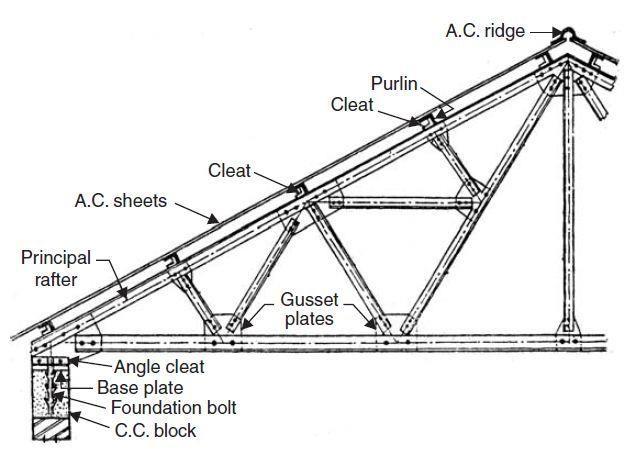
1 minute read
Compression members
A truss is made up of a web of triangles joined together to enable the even distribution of weight and the handling of changing tension and compression without bending or shearing. Trusses consist of triangular units constructed with straight members. The ends of these members are connected at joints, known as nodes.
The trusses are widely used to serve two main functions:
Advertisement
To carry the roof load To provide horizontal stability Achieve long spans. Minimize the weight of a structure. Reduced deflection.
Trusses are typically made up of three basic elements:
A top chord which is usually in compression. A bottom chord which is usually in tension. Bracing between the top and bottom chords.
ADVANTAGES
▪ Considered to be more expensive, metal roof trusses can span further than wood. ▪ Metal roof trusses can be manufactured to exact standards. ▪ They are much more lightweight and this allows for larger shipments. ▪ Metal roof trusses are fire resistant. ▪ Metal roof trusses are recyclable and therefore environmentally friendly.
DISADVANTAGES
▪ Skilled labor is required to install metal roof trusses. ▪ They are not energy efficient since they allow more heat to escape from the structure. ▪ Metal roof trusses allow sound to be more easily transmitted. ▪ The metal is cut, drilled, scratched or welded, rust can become a problem.










